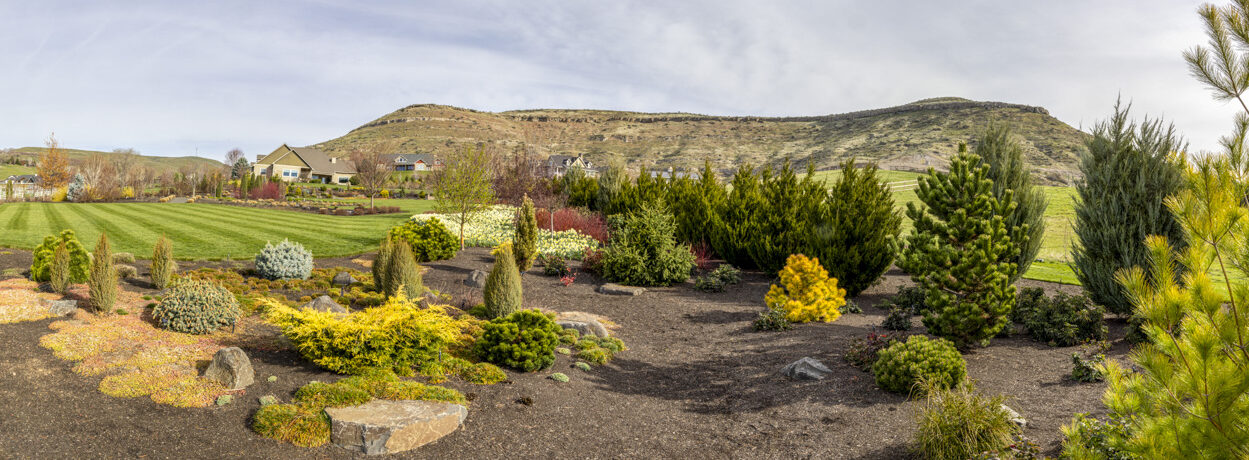 Argillite Boulder – Rattlesnake Mountain, Washington
Argillite Boulder – Rattlesnake Mountain, Washington
This image depicts an interesting perspective of time. The rock in the foreground was deposited here on Rattlesnake Mountain around 15,000 years ago. The Rattlesnake Mountain and the Horse Heaven Hills in the background were created as part of the Yakima Fold formation about 1.5 million years ago. The bedrock of this area is basalt from basalt flows through eastern Washington from 6-15 million years ago. The argillite boulder in the foreground is metamorphic rock from western Montana formed 1.5 billion years ago.
So here I was, sitting on a rock created before life on earth existed, brought here by a humongous flood around 15 thousand years ago, deposited on mountains uplifted 1.5 million years ago, created by a series of gigantic lava flows about 2 miles thick 6-15 million years ago. And I think I am old at 67 years. As many of my Whizzy friends would say, “It’s a thinker.”




